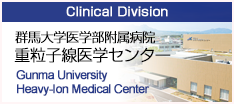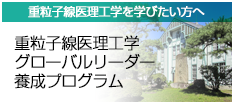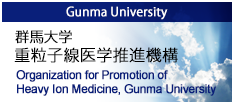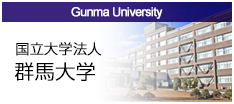GUNMA UNIVERSITY
HEAVY ION MEDICAL CENTER
(Research Institute)
Outline of the facility
Heavy ions (carbon ions) are accelerated up to 70% of light speed and are subsequently irradiated into deep tumors within the patient. The procedure is painless.
The medical accelerator being introduced into Gunma University is designed as a relatively compact prototype for installation in several regions throughout Japan. This project has received worldwide attention from health officials and experts in radiotherapy.
Inside the heavy ion irradiation facility
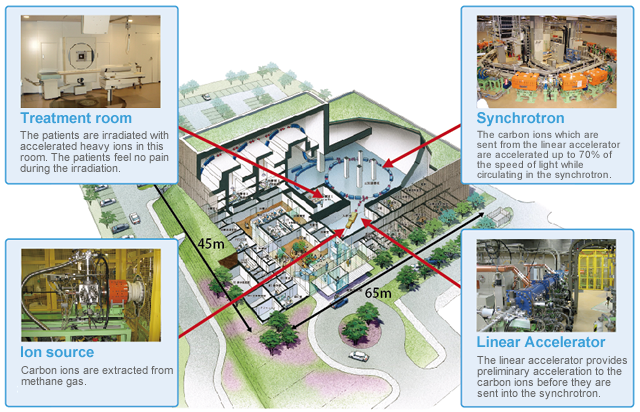
Outline of the Physical Facilities
| Site | Gunma University Showa Campus, Maebashi, Japan |
|---|---|
| Construction | Structure Reinforced concrete, partially steel-framed |
| Number of floors | 1 below and 2 above ground |
| Building area | 3130 ㎡ |
| Total floor area | 6280 ㎡ |
| Main rooms | Lobby, waiting room, control hall, irradiation room 1 (horizontal port), irradiation room 2 (horizontal and vertical ports), irradiation room 3 (vertical port), irradiation room 4 (vertical, R&D port), dispensary room, CT simulator room, staff room, conference room, accelerator room, machine room. |
Construction schedule
| April 2006 | Basic design of the facility |
|---|---|
| January 2007 | Contract for apparatus |
| August 2008 | Device carrying |
| October 2008 | Building completion |
| March 2010 | Treatment System Installation |
| March 2010 | Clinical trials begin |


